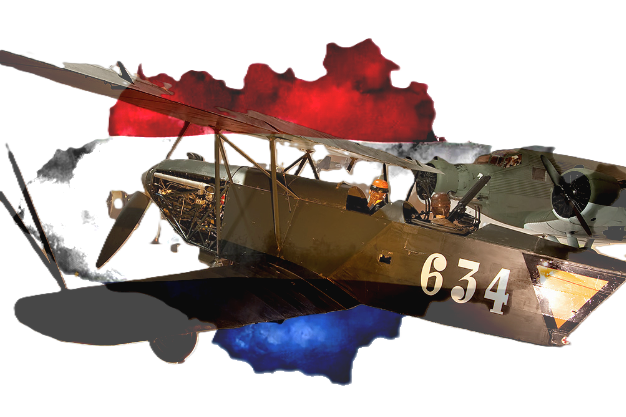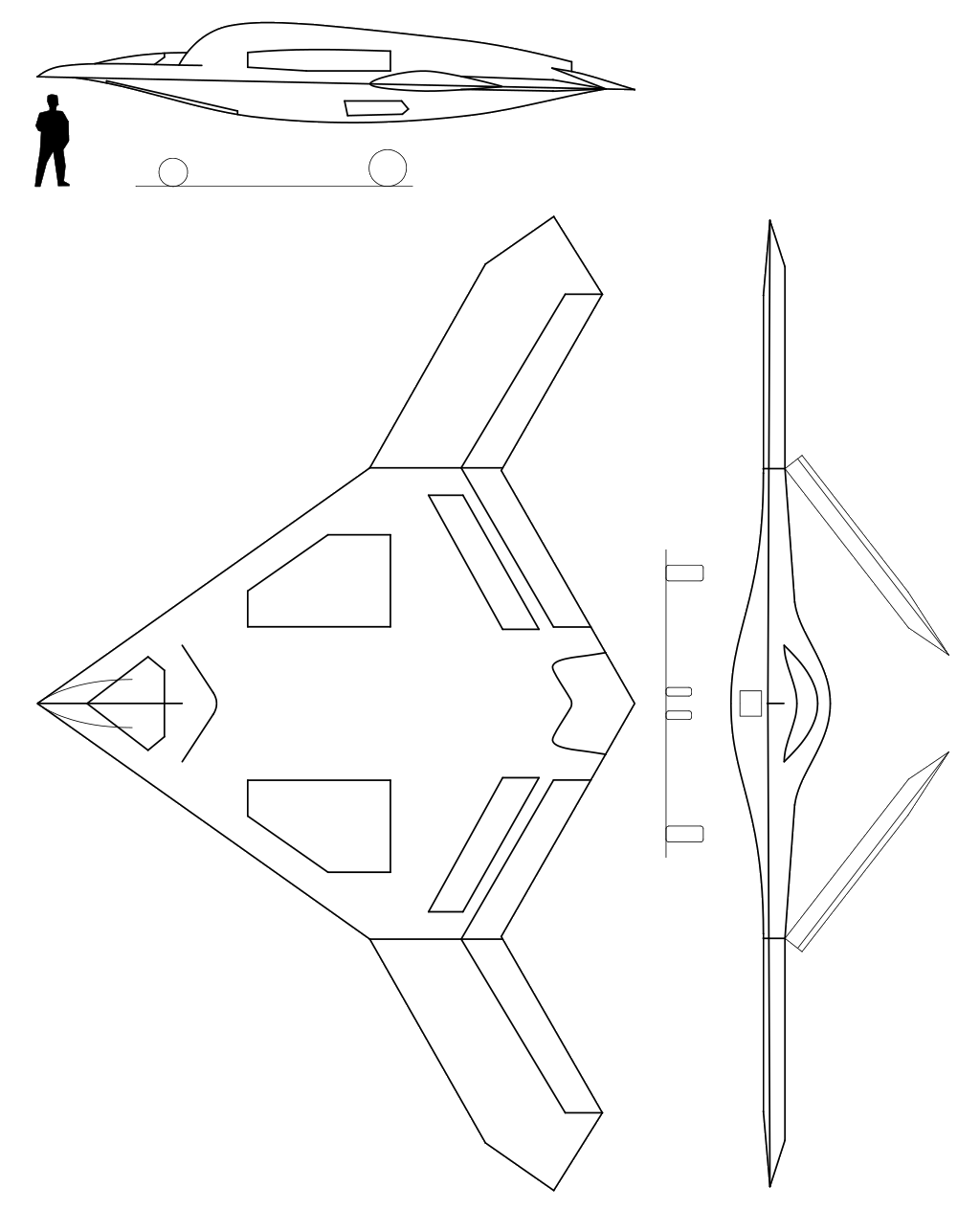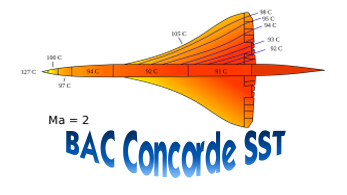Canadian Bombardier Global 6000 GlobalEye
 |
|
| A Globaleye taking off during RIAT 2023 | |
| Role | Airborne early warning and control (AEW&C) |
|---|---|
| Manufacturer |
|
| First flight | March 2018 |
| Introduction | 2020 |
| Status | In service |
| Primary user | United Arab Emirates Air Force |
| Number built | 5 |
| Developed from | Bombardier Global 6000 (aircraft) Erieye (AEW&C radar system) |
.
History Bombardier Aviation is a division of Bombardier Inc.
Global 6000 SAAB GlobalEye
First flight March 2018

GlobalEye is a multi-role airborne early warning & control (AEW&C) platform from Swedish defence and security company Saab. GlobalEye consists of a suite of sensors using Saab's Erieye ER (Extended Range) radar and mission system, installed in the Bombardier Global 6000/6500 long-range business jet.
Three sizes were offered: initially the 37–40 seat -100 until 2005 and the more powerful -200 from 1995, the stretched 50–56 seats -300 from 1989, both until 2009, and the 68–90 seats -400 from 1999, still in production. The QSeries are post-1997 variants fitted with active noise control systems.
Development
Initial development

In February 2016, Swedish defence company Saab announced the launch of a programme to integrate a variant of their Erieye radar system upon the Canadian Bombardier Global 6000, a long range business jet, to produce a specialised airborne early warning & control (AEW&C) aircraft. This platform is commonly referred to as GlobalEye.Saab stated that the launch was in response to expressions of interest from potential customers.
Prior to the development of the GlobalEye, Saab had fitted the Erieye onto several separate AEW platforms, including the Swedish Saab 340 AEW&C and the Brazilian Embraer R-99. To facilitate the programme, Saab secured a supplemental type certificate, authorising the modification of the existing Global 6000 to the GlobalEye configuration.
0
KmCeiling
0
KmCombat RANGE
0
MachAircraft Speed
0
Max Crew
Photo Gallery
Bombardier Aviation is a division of Bombardier Inc.
Global 6000 SAAB GlobalEye First flight March 2018


Bombardier Aviation
Global 6000 SAAB GlobalEye
First flight March 2018
General Info
-
-
-
Global Express/XRS/6000Global 5000 
General information Type Business jet National origin Canada Manufacturer Bombardier Aviation Status In service Number built 816 (Oct 2018 History Manufactured 1998–present Introduction date July 1999 First flight 13 October 1996 Developed from Challenger 600 & CRJ-100/-200 Variants Saab GlobalEye
Raytheon SentinelDeveloped into Global 7500/8000
-
-
Performance
-
Current operators
 United Arab Emirates (5 in service)
United Arab Emirates (5 in service)- The United Arab Emirates Air Force operates 4 GlobalEye aircraft, with an additional 1 on order, scheduled for delivery in 2025, at a total cost of 23 billion SEK. In November 2023, SAAB announced the maiden flight of the fifth and final GlobalEye for the UAE air force, which was delivered in September 2024.
Future operators
 Sweden (3 on order)
Sweden (3 on order)- The Swedish Defence Materiel Administration (FMV) signed a contract with SAAB for the acquisition of 2 GlobalEye aircraft in June 2022 for a value of 7.3 billion SEK (US$710 million). The contract includes the option to procure up to 2 additional GlobalEye aircraft.
- In June 2024 FMV exercised the option for a third GlobalEye aircraft to help replace the two Saab 340 AEW&C donated to Ukraine
- The aircraft will be delivered from 2027, and will be designated S 106 in the Swedish Air Force.
.
Links to Youtube & Others
The United Arab Emirates (UAE) has received its fifth and final Saab GlobalEye airborne early warning and control (AEW&C) aircraft, the manufacturer announced on 17 September.
Bombardier GlobalEye AEW&C aircraft
Bombardier aimed to produce the Q400 more economically. A deal with its machinists union in June 2017
Youtube Link
The UAE ordered an initial two GlobalEye aircraft from Saab in 2015, placed an order for a third aircraft in 2017 and then contracted Saab for two more in 2020.














